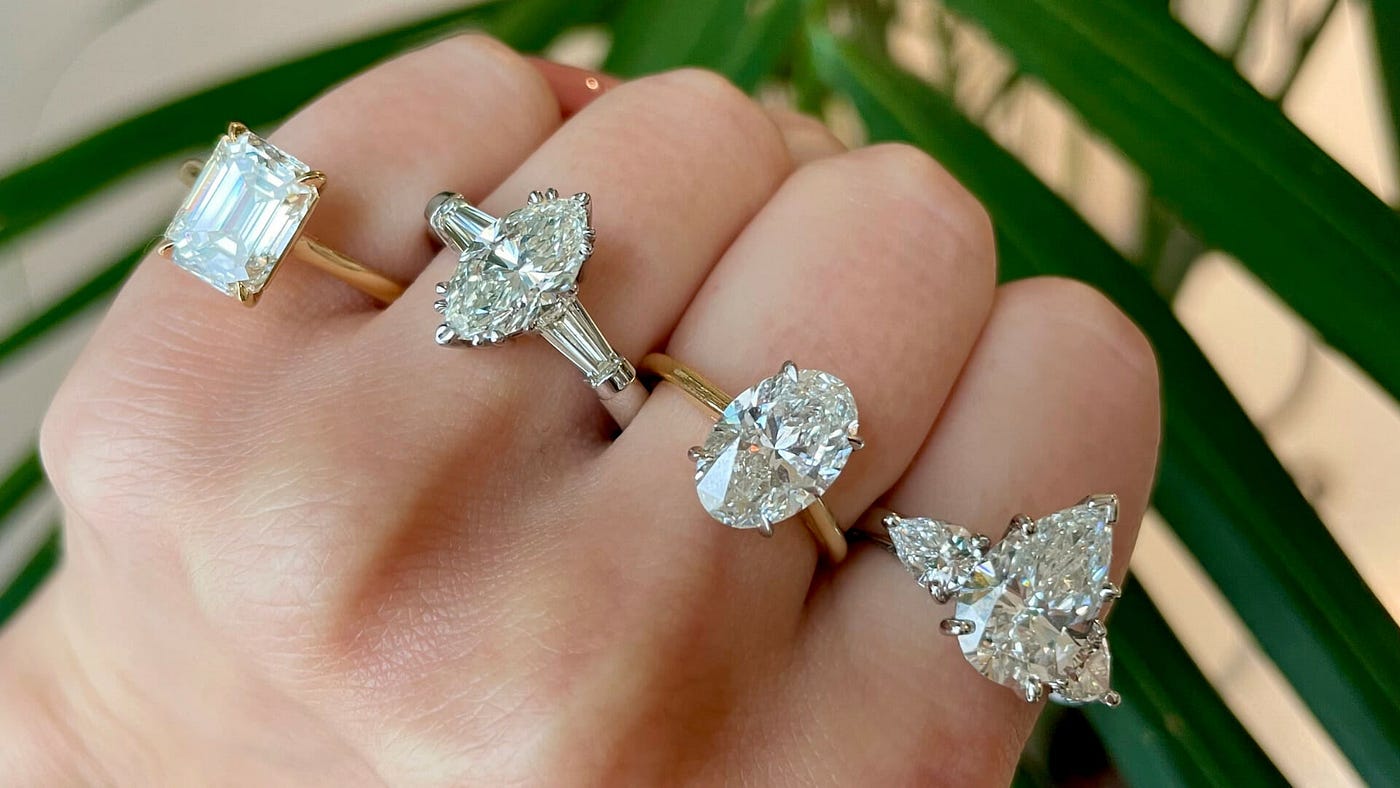
When it comes to diamonds, many factors contribute to their overall quality and value—such as carat weight, color, and clarity. However, one of the most critical and often misunderstood elements is the “cut.” Unlike other factors that are based on natural properties of the diamond, the cut is a result of human craftsmanship and has a significant impact on a diamond’s brilliance, sparkle, and overall aesthetic appeal. This article will delve into what diamond cut means, why it matters, and how it is evaluated.
Understanding the Diamond Cut
What does diamond cut mean refers to the precision and skill with which a diamond has been shaped and faceted from its raw form. It involves a combination of the following elements:
- Proportions: The relationship between the diamond’s different parts (like the table, crown, girdle, and pavilion).
- Symmetry: The alignment and balance of the facets and their arrangement.
- Polish: The smoothness and quality of the diamond’s surface.
When a diamond is cut well, light entering the stone is reflected internally and refracted outward in a way that creates brilliance and sparkle. A poorly cut diamond, however, will leak light, leading to a lackluster appearance.
The Importance of Diamond Cut
While many people focus on carat weight or color, the cut is arguably the most crucial factor in determining a diamond’s beauty. A well-cut diamond will appear more brilliant and fiery because it maximizes light reflection and dispersion. A diamond with a poor cut, even if it has high clarity and color grades, may look dull and lifeless.
In fact, the cut can make a significant difference in how a diamond looks, even when compared to stones with similar carat weights. This is why many experts recommend prioritizing cut quality over other factors when purchasing a diamond.
Grading Diamond Cut
Diamond cut is graded by various gemological institutions, with the Gemological Institute of America (GIA) being one of the most reputable. The GIA uses a grading scale with the following categories:
- Excellent: The highest grade, indicating optimal proportions, symmetry, and polish, resulting in maximum brilliance and fire.
- Very Good: A high-quality cut with excellent light performance, but minor deviations from perfect proportions or symmetry.
- Good: A well-cut diamond with good light performance, but with some noticeable deviations in proportions or symmetry.
- Fair: A diamond that displays some brilliance but has considerable deviations in cut proportions.
- Poor: A poorly cut diamond with significant light leakage and minimal brilliance.
Types of Diamond Cuts
It’s important to distinguish between “cut” and “shape.” While “cut” refers to the quality of the facets and the resulting light performance, “shape” indicates the overall geometric form of the diamond, such as round, oval, princess, emerald lab made diamonds, or pear. Each shape has its unique appeal, but round brilliant cuts are the most common and generally have the highest potential for brilliance due to their specific facet arrangement.
Conclusion
The cut of a diamond plays a critical role in determining its beauty, brilliance, and overall value. It’s essential to consider the cut grade when purchasing a diamond, as it significantly influences the stone’s appearance. When choosing a diamond, always prioritize cut quality to ensure you get the most sparkle and brilliance from your investment.
